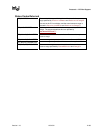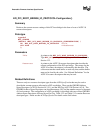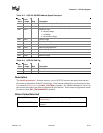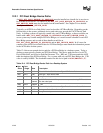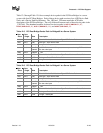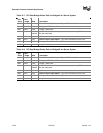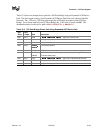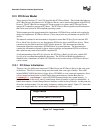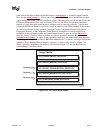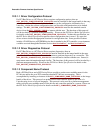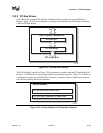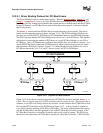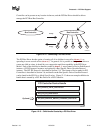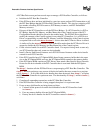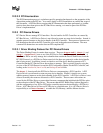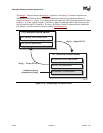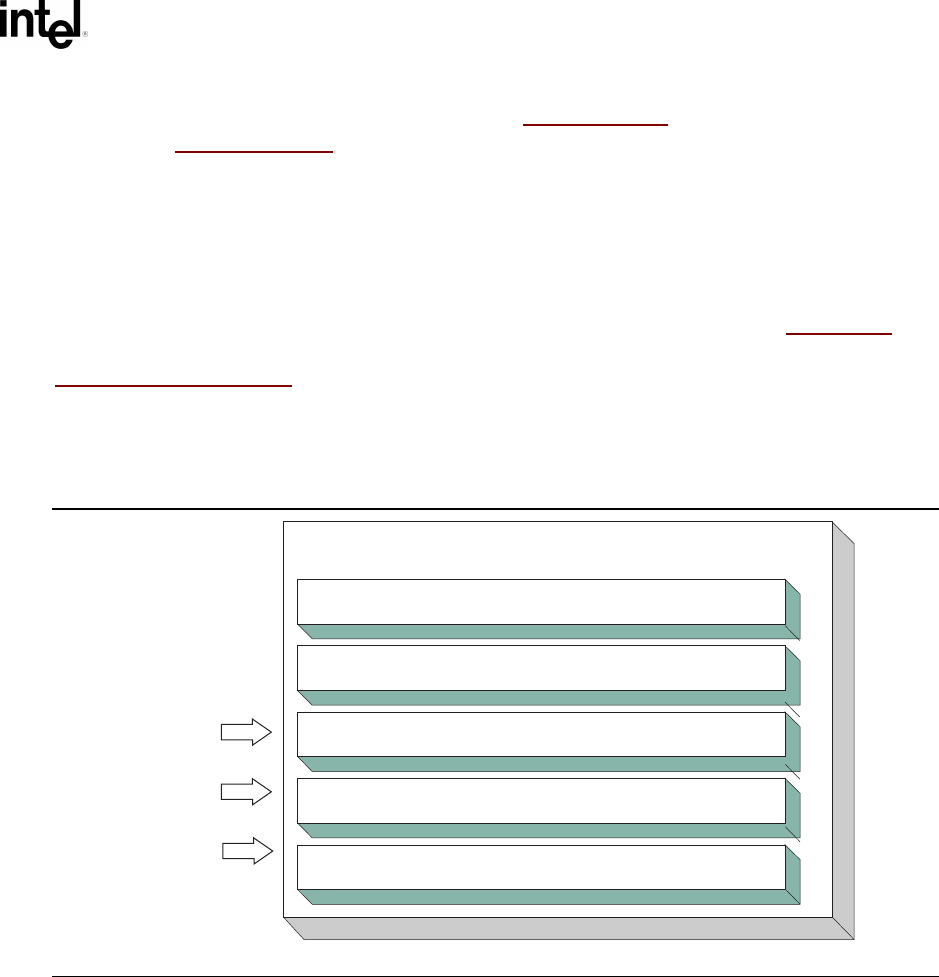
Protocols — PCI Bus Support
Version 1.10 12/01/02 12-47
After a driver has been loaded with the Boot Service LoadImage(), it must be started with the
Boot Service StartImage()
. This is true of all types of EFI Applications and EFI Drivers that
can be loaded and started on an EFI compliant system. The entry point for a driver that follows the
EFI Driver Model must follow some strict rules. First, it is not allowed to touch any hardware.
Instead, it is only allowed to install protocol instances onto its own Image Handle. A driver that
follows the EFI Driver Model is required to install an instance of the Driver Binding Protocol onto
its own Image Handle. It may optionally install the Driver Configuration Protocol, the Driver
Diagnostics Protocol, or the Component Name Protocol. In addition, if a driver wishes to be
unloadable it may optionally update the Loaded Image Protocol to provide its own Unload()
function. Finally, if a driver needs to perform any special operations when the Boot Service
ExitBootServices()
is called, it may optionally create an event with a notification function
that is triggered when the Boot Service ExitBootServices() is called. An Image Handle that
contains a Driver Binding Protocol instance is known as a Driver Image Handle. Figure 12-8
shows a possible configuration for the Image Handle from Figure 12-7 after the Boot Service
StartImage() has been called.
OM13149
Image Handle
Optional
Optional
Optional
EFI_LOADED_IMAGE_PROTOCOL
EFI_DRIVER_BINDING_PROTOCOL
EFI_DRIVER_CONFIGURATION_PROTOCOL
EFI_DRIVER_DIAGNOSTICS_PROTOCOL
EFI_COMPONENT_NAME_PROTOCOL
Figure 12-8. PCI Driver Image Handle



